In 2014, Troy Charles knocked on the door of 2411, Mason Avenue, Las Vegas, hoping…
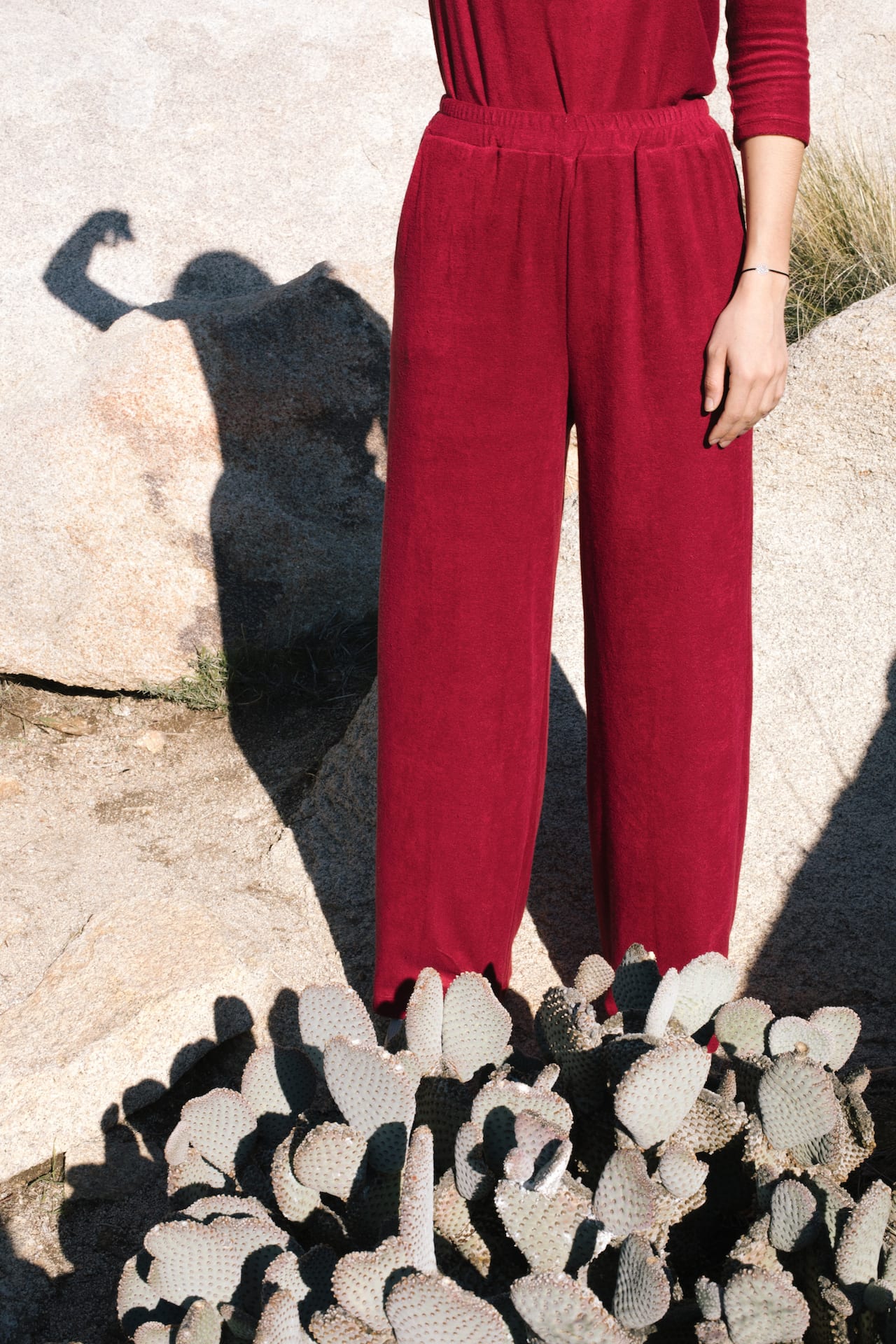
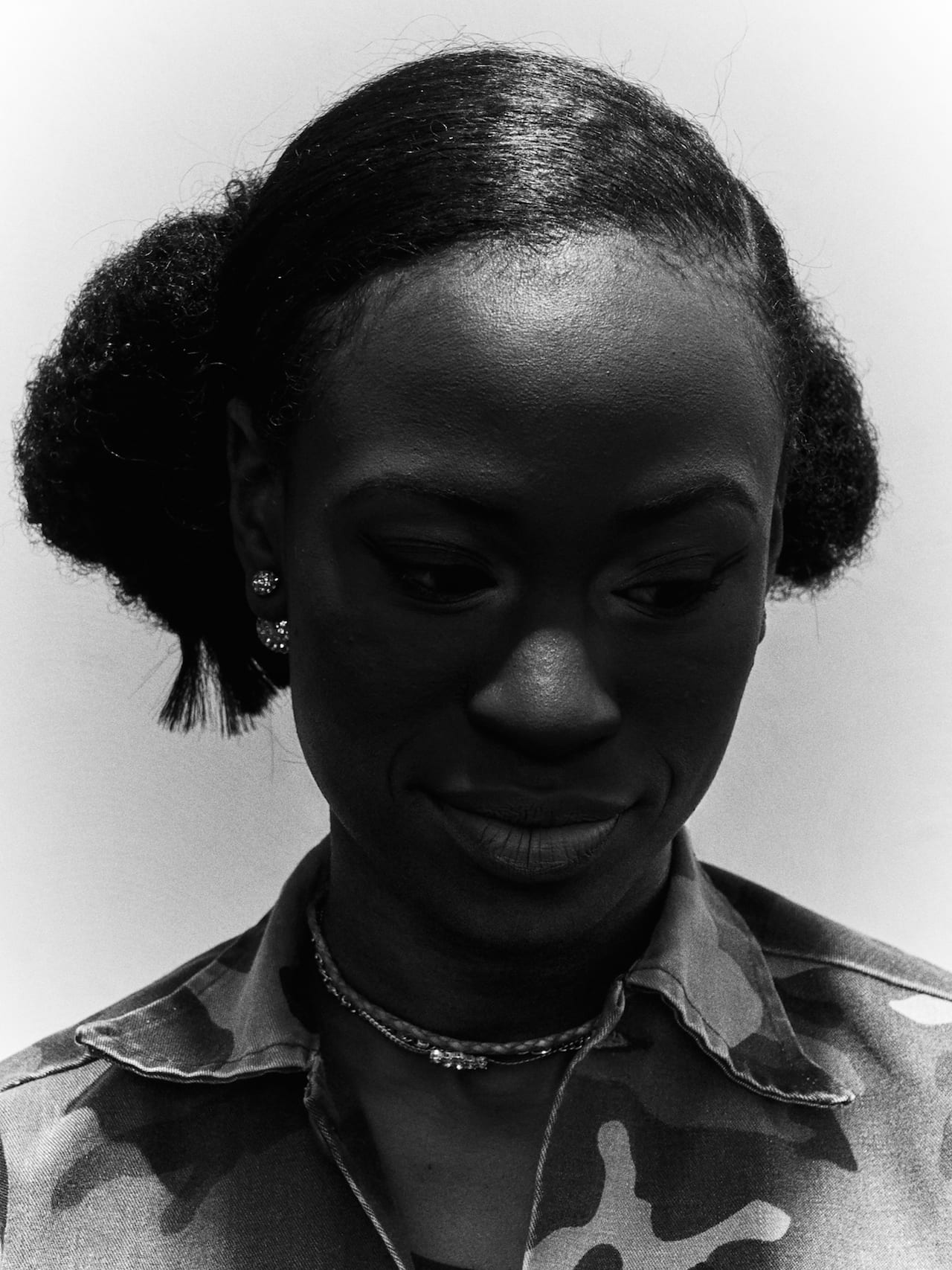
“In St. Louis, ZIP codes matter,” says Piergiorgio Castotti, an Italian photographer who lived in the US for three years. “North of Delmar boulevard, 95% of people are black, and life expectancy is 67. A few hundred yards south, 70% of people are white, and there is a life expectancy of 82.”
Index G, a collaborative project he’s made with photographer Emanuele Brutti, explores the harsh reality of this segregation, which is measured with the so-called Gini Index. Where once racial segregation in the US was obvious, and even enshrined in law, it’s now peppered throughout cities on a micro level, from neighbourhood to neighbourhood, and can therefore be easy to miss. “There were unexpectedly very few literal barriers in St. Louis; this meant that our first trip was a disaster,” says Castotti. “I didn’t know what to take pictures of.”

Ute is a daydreamer, Martin only talks about his vacation. Monika gets along on her own very well, but Heike is lonely. Sabine adores going dancing, and Helga likes techno music. To German photographer Frederik Busch, these office plants have personalities just like any other co-worker. “Plants have feelings too,” he says. “They are social beings, just like us humans.”
In 2008, whilst working on a corporate assignments, Busch noticed a row of plants in an office hallway. “It looked like an art space. It was so clean and sterile, and the plants looked like sculptures,” he says. “I have always been interested in how humans adapt to office-life, so I decided to apply portrait photography to plants to discover how they adapt too.”
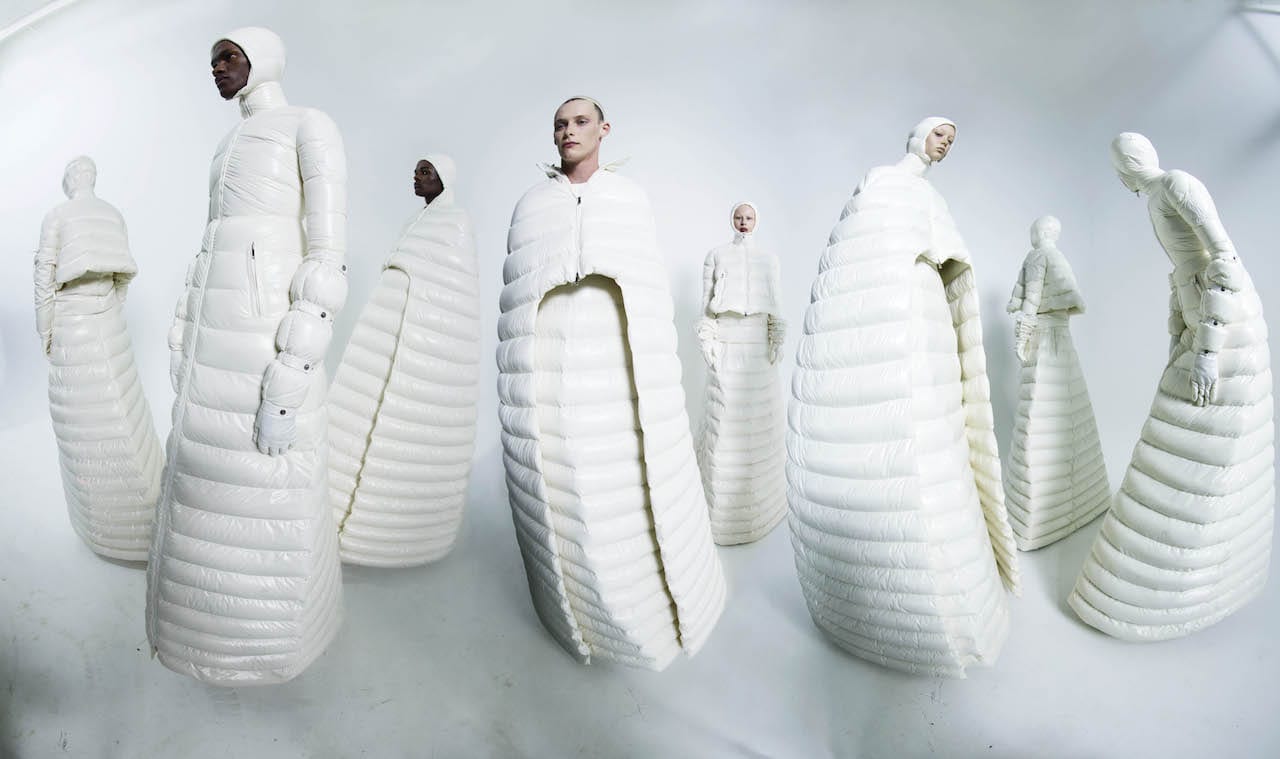
He’s best-known for his work with British and Italian Vogue, but Tim Walker is also a successful solo artist, opening his third solo show at London’s V&A on 07 September (his first two were also in London, at the Design Museum in 2008, and at Somerset House in 2012). The exhibition will feature a “brand new body of work inspired by the V&A’s collection,” stated V&A director Tristram Hunt as he announced the show yesterday, adding: “He will work his magic and come up with a series of photos.”
Starting his career by working in the Condé Nast picture library, where he worked on the Cecil Beaton archive for a year before university, Walker went on to assist Richard Avedon and shot his first story for Vogue at the age of 25. Famous for his use of elaborate sets, Walker is collaborating with celebrated British art director Shona Heath on his V&A show, which will include photographs, films, sets and installations around the museum.
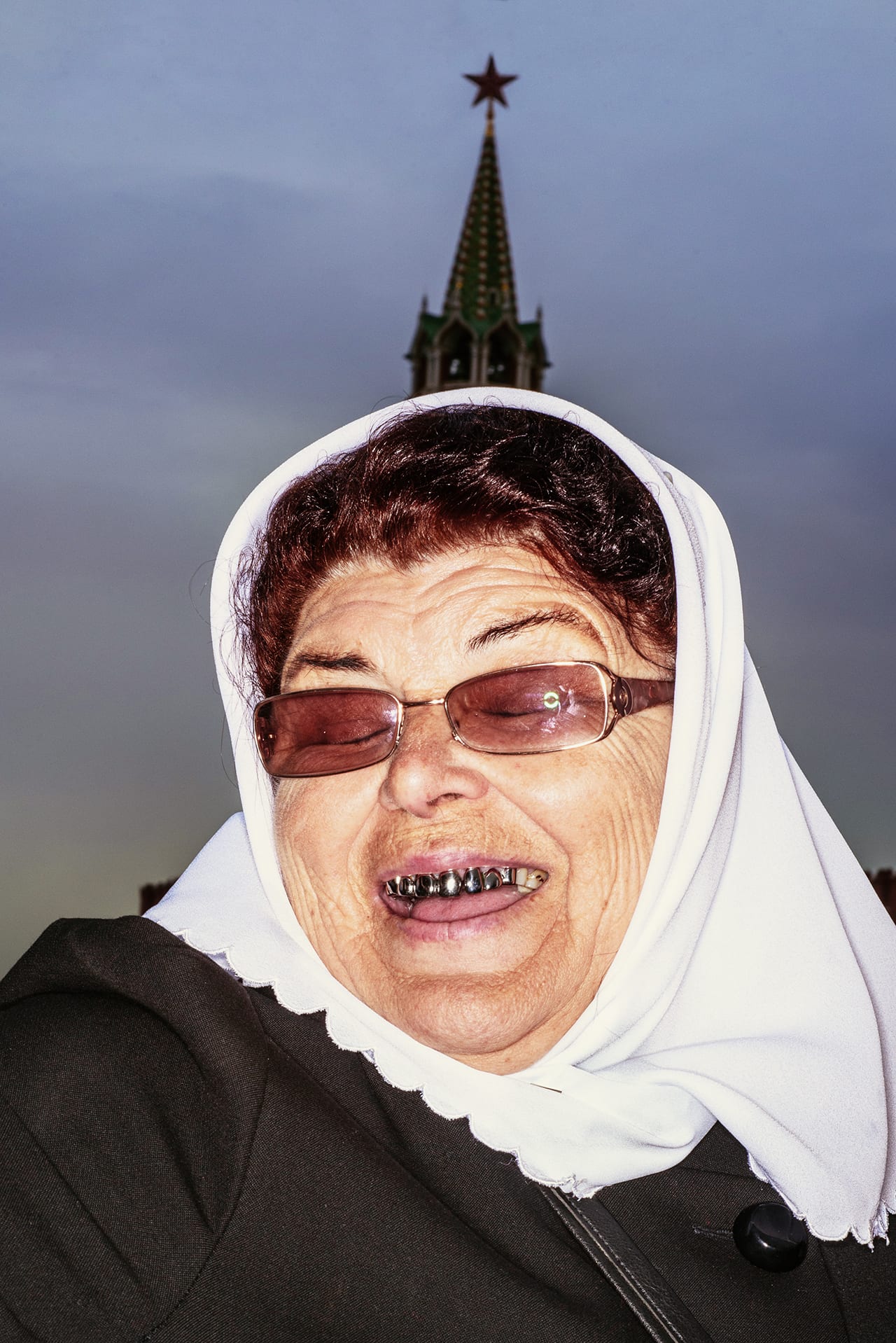
“If you live in Russia, you’re taught to love your family, and love your nation. It’s part of your life and education, we even have classes teaching patriotism at school,” says Alexander Anufriev, whose new project takes a closer look at what makes a modern Russia.
The idea for Russia Close-up came while he was studying at The Rodchenko Art School in Moscow, and starting to feel disillusioned with documentary photography. “At the time, it was important for me to tell stories and for them to be the truth, but it started to feel like a little bit of a lie,” he explains. “Even if you’re trying to be totally objective, it is always a bit subjective.
“I stopped shooting for six months, and I was about to quit photography, but then I thought, ‘What if I tried to be completely subjective?’ So I cropped the images very tightly, and included only the elements I wanted to show. It was a farewell to convention.” Unconventional it may be, but the series has already had some success, exhibited in Cardiff, Sydney, and Saint Petersburg, and winning third place in the Moscow Photobookfest Dummy book award.
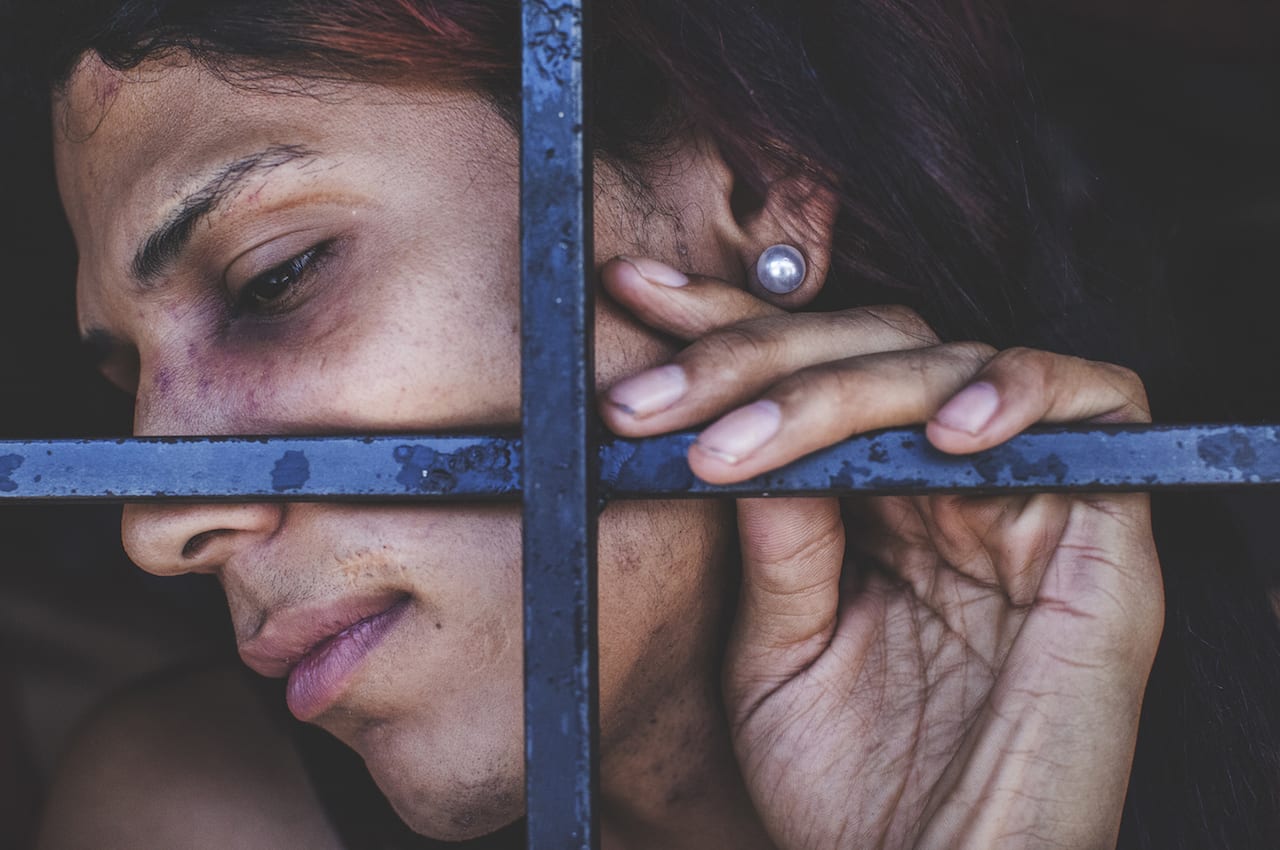
Nadia Shira Cohen has won the $10,000 Women Photograph + Getty Images grant for her work on the abortion ban in El Salvador – and the five grants of $5000 awarded by Women Photograph with Nikon have gone to Tasneem Alsultan, Anna Boyiazis, Jess T. Dugan, Ana Maria Arevalo Gosen, and Etinosa Yvonne Osayimwen.
Nadia Shira Cohen’s series Yo No Di a Luz documents the effect that the complete ban on abortion in El Salvador has had on women – particularly on those forced to give birth to children conceived as a result of rape. “Doctors and nurses are trained to spy on women’s uteruses in public hospitals, reporting any suspicious alteration to the authorities and provoking criminal charges which can lead to between six months to seven years in prison,” writes Shira Cohen. “It is the poorer class of women who suffer the most as doctors in private hospitals are not required to report.
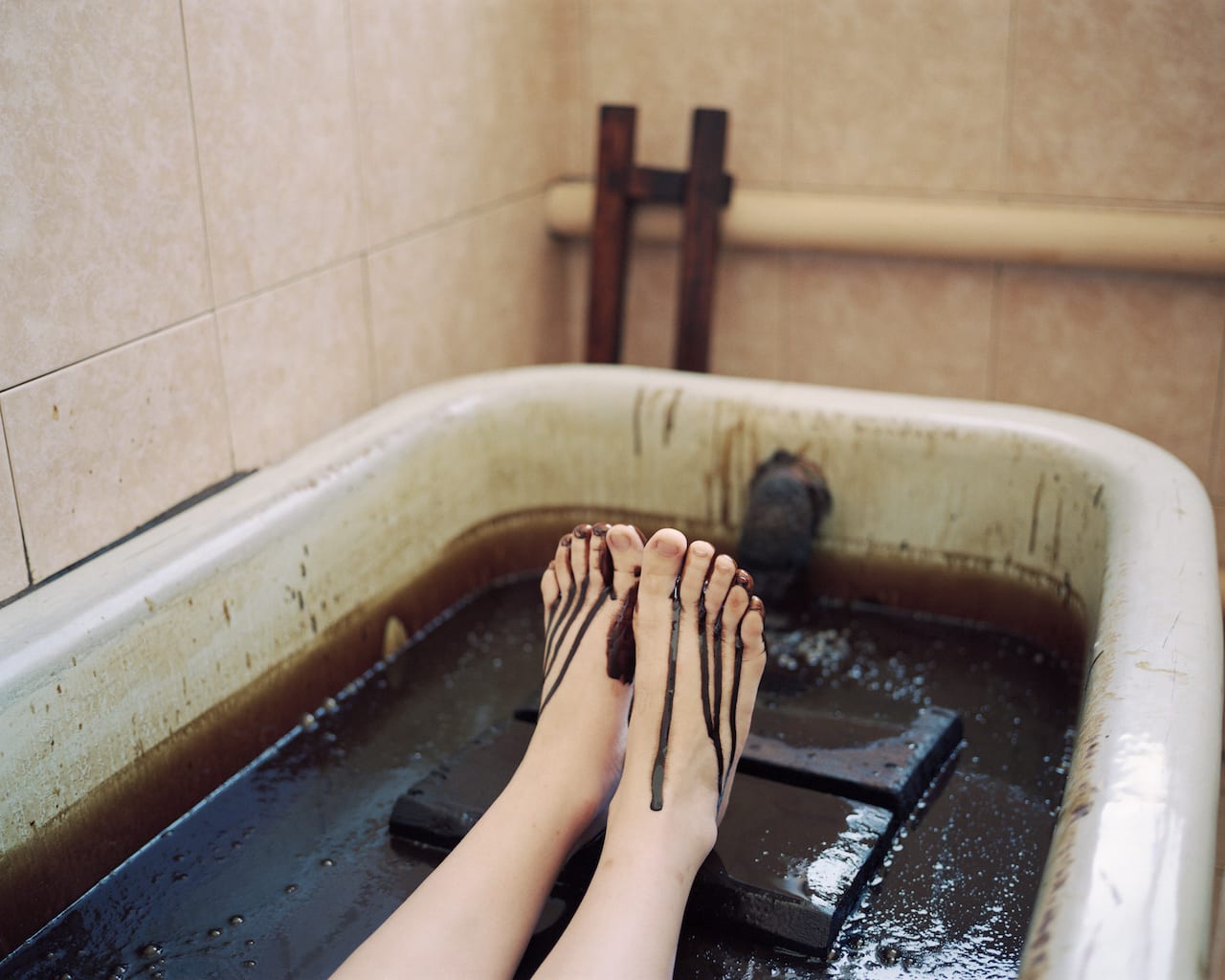
In October Chloe Dewe Mathews is publishing a book titled Caspian: The Elements with the prestigious Aperture (New York) and Peabody Museum Press (Cambridge, MA). In 2011 she won BJP’s International Photography Award with images from her first trip to the region. In 2014 Dewe Mathews was awarded the Robert Gardner Fellowship in Photography by the Peabody Museum at Harvard University to complete the work.
“For me, photography became a solution because I could be independent, spontaneous and more creatively engaged,” she says. “In feature films, you always work within a structure and you have to plan every shoot carefully; I liked the freedom you have with a stills camera. Fine art gives you more independence, of course, but it can also become too self-referential, so I was attracted to documentary photography because it felt more outward looking. I was keen to explore what was going on around me, as well as stepping out into the wider world.”

It’s said that inspiration can be found anywhere, and revelations from otherwise unremarkable moments. It’s this subtlety that London-based photographer Rick Pushinsky has explored in his new work, Powerful Mantras, a set of 10 image-text postcards.
Pushinsky got into the habit of sharing images of the everyday via Instagram stories, which he uses to upload shots he’s taken with his iPhone. “I take pictures of things I find interesting or amusing, and I share them,” he says. “After some time, I started pairing those pictures with slices of text.”
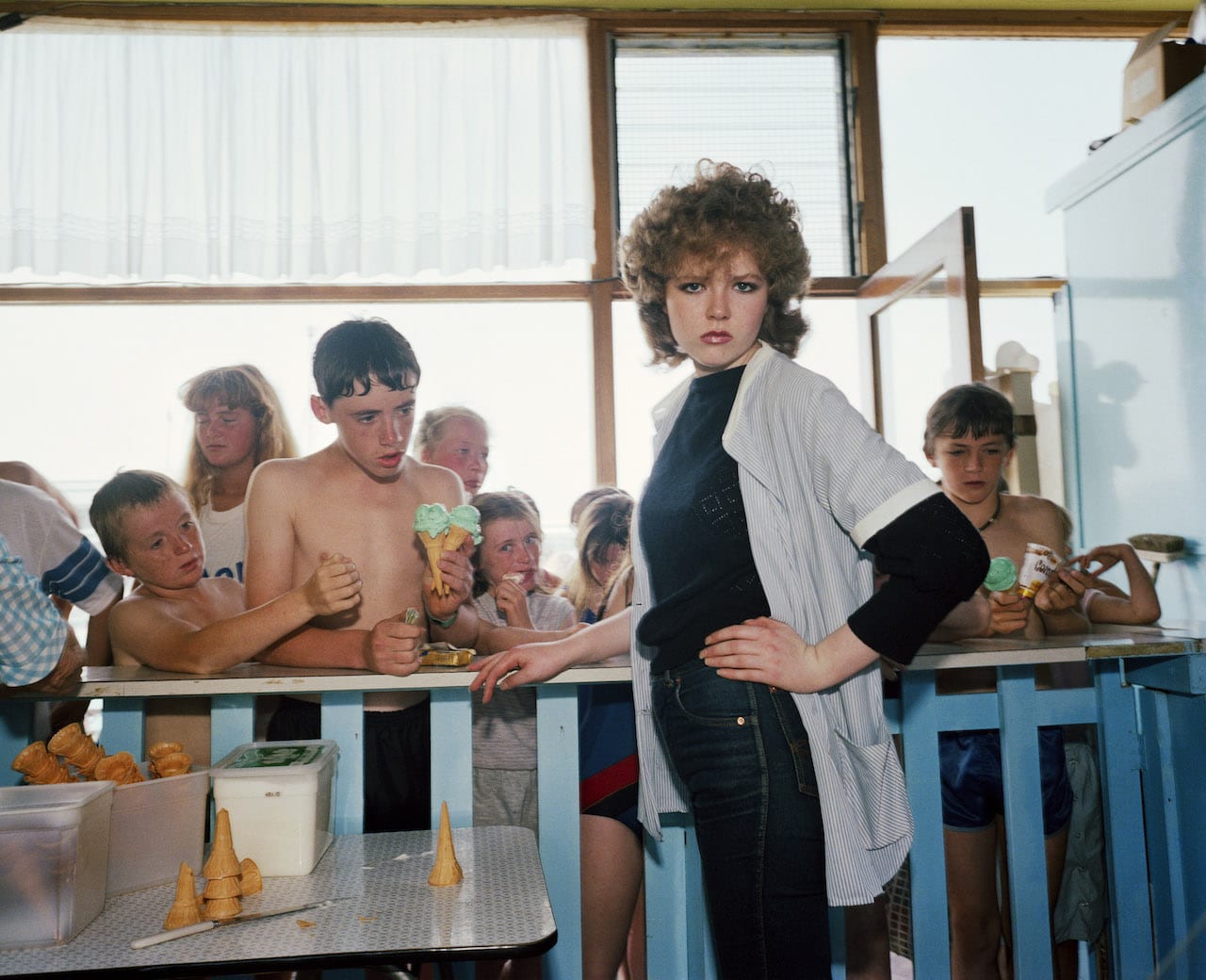
“I was the first to move to New Brighton, and it was by sheer chance,” says Tom Wood. “I studied fine art part-time [a Fine Art Painting BA at Leicester Polytechnic], then went back to the car factory where I had worked before. Then I found a job as a photo technician at the poly [now Wirral Metropolitan College, where he went on to teach], and we moved there in September 1978.”
Thus began a golden age for photography in New Brighton, which lasted until 2003 when Wood moved to his current home in North Wales. In the intervening 25 years, Ken Grant also lived in New Brighton from 1992-2002, studying for a spell at Wirral Met, and Martin Parr was based just 20 minutes away from 1982-1985. Between them the three photographers created a huge body of work on the seaside town, which is based just across the River Mersey from Liverpool in North England.
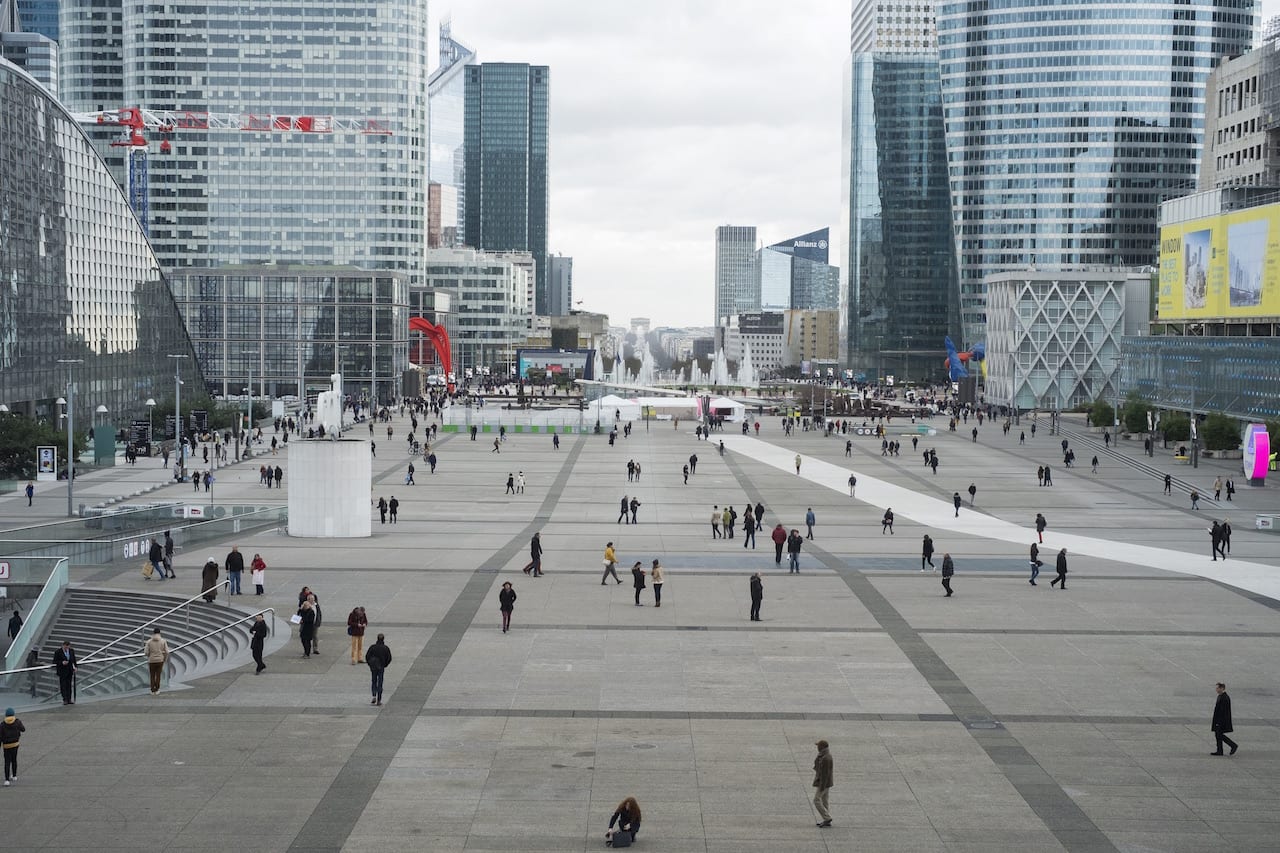
Paulien Oltheten has won the Arles New Discovery Award with her series La Défense, le regard qui s’essaye. Rencontres d’Arles will now buy €15,000 of her work, and add it to the festival collection.
La Défense, le regard qui s’essaye encompasses a video essay, a photo series, and a collection of objects, and was shot mainly in the La Défense financial district in Paris. Recording people going about their everyday lives, the series creates imaginary links between them, adding a fictional element to a documentary project, and a layer of poetry to the otherwise unremarkable. Born in 1982 in Nijmegen, Netherlands, Oltheten studied at the Rijksakademie in Amsterdam, and is now based in Amsterdam and Paris.
Oltheten was selected from the ten photographers who made it into the Arles New Discovery Award exhibition this year – Sinzo Aanza, Monica Alcazar-Duarte, Christto & Andrew, Anne Golas, Chandan Gomes, Thomas Hauser, Anton Roland Laub, Ali Mobasser, Feng Li, Aurore Valade, and Wiktoria Wojciechowska.